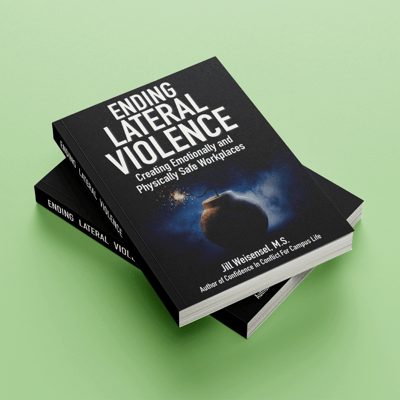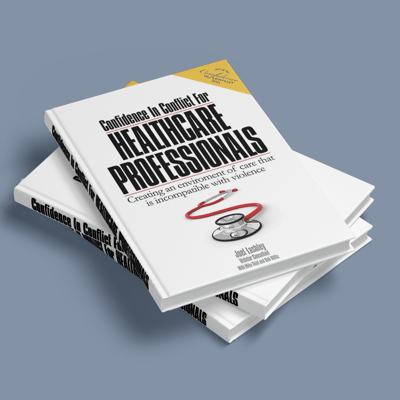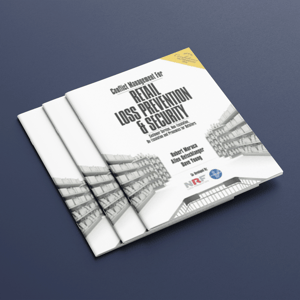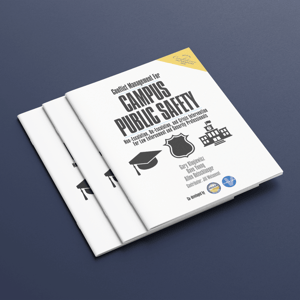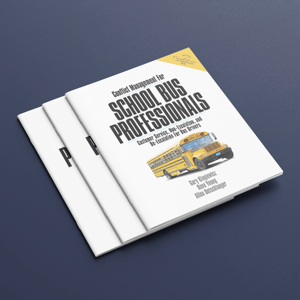Books
Ending Lateral Violence: Creating emotionally and physically safe workplaces, by Jill Weisensel
Actionable strategies for eliminating workplace toxicity
Lateral violence (horizontal violence, workplace toxicity) is defined as non-physical but harmful behavior between members of a community. Examples include bullying, hazing, isolation, harassment, gossiping, exclusion, intimidation, coercion, prejudicial comments, and inappropriate jokes.
While individual acts of lateral violence can appear relatively harmless, they ultimately produce a toxic workplace that destroys employee productivity and morale, increases absenteeism and turnover, and can lead to physical violence and worker compensation claims.
This book provides a roadmap for recognizing, preventing, and mitigating lateral violence.
Here is just some of what you will learn:
- Why workplace toxicity is the number one reason people quit their jobs
- How to identify even subtle bullying behaviors in the workplace and stop them
- How to build a culture of shared social responsibility that results in increased retention, team performance, and job satisfaction
Confidence In Conflict For Healthcare Professionals: Creating an environment of care that is incompatible with violence, by Joel Lashley
Working in the healthcare profession should not require you to be a victim
Healthcare is by far the most violent profession in the private sector, with a rate of assault several times higher than the average for other professions. Healthcare violence results in caregiver injuries, and negatively impacts employee morale, patient satisfaction, and clinical outcomes.
Joel Lashley is a recognized authority in healthcare violence, with extensive firsthand experience in keeping the peace within hospitals, clinics, and residential treatment facilities. Over the last two decades, he has developed, implemented and tested strategies for creating environments of care that are incompatible with violence, resulting in better and safer working conditions for caregivers and higher customer satisfaction levels for patients.
In this book, Mr. Lashley argues that violence against healthcare workers should not be accepted as “part of the job” and offers proven solutions to combat the epidemic of healthcare violence.
Here is just some of what you’ll learn:
- How to form therapeutic relationships that are incompatible with violence
- How the same strategies that support peaceful environments also increase patient satisfaction
- How traditional beliefs about violence and crisis intervention strategies have actually contributed to the problem of violence in healthcare
Confidence In Conflict For Campus Life: The must-have safety resource for every college and college-bound student, by Jill Weisensel
Actionable safety advice for all college and college-bound students
The college campus environment sets the stage for some of the most fun and exciting experiences of a person’s life. However, it is also an environment that poses many risks.
This book will help you make the most of your college experience by equipping you with the skills to stay safe on campus and deal effectively with the conflicts and crimes you will likely encounter.
Here is just some of what you’ll learn:
- The personal safety awareness skills you need to protect yourself
- How to navigate awkward situations and conflicts with friends
- The red flags of high-risk behaviors and the risk indicators of potential threats
- How to address hazing and sexual assault
- How and when to safely intervene when you witness something going wrong
- What to do in the event of a school shooting
Confidence In Conflict For Sports Officials: Practical tips for staying out of the crossfire and keeping peace during the game, by Peter Jaskulski
Master how to control the inevitable conflict that is present in all levels of sports competition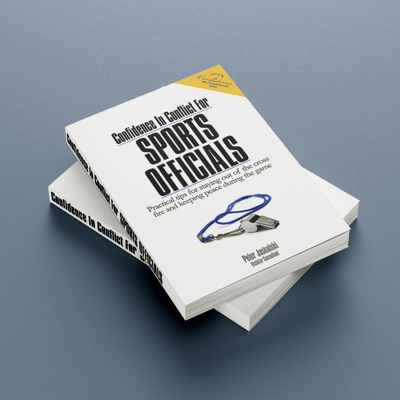
Confidence in Conflict for Sports Officials presents a comprehensive and systematic approach to communicating effectively under stress in order to both prevent and manage conflict during a sporting event.
This book was written for anyone, of any age, who officiates athletic events. It is a must-read for new officials and a great skills enhancer for veterans.
Here are the benefits you will gain by applying the tactics taught in this book:
- Enhanced professionalism
- Decreased complaints from stakeholders (coaches, players, fans, league commissioners, assigners)
- Better evaluations by supervisors
- Less stress and more fun!
Also, with the pervasiveness of digital cameras, the chances you will be video recorded while officiating are high – even higher when conflict occurs. This book will teach you how to address conflict effectively while still looking good on video.
Confidence In Conflict For Everyday Life: How to prevent and manage the inevitable conflict in your work and personal life, by Kathy Mangold
Discover how to keep cool in the midst of misunderstandings, arguments, and insults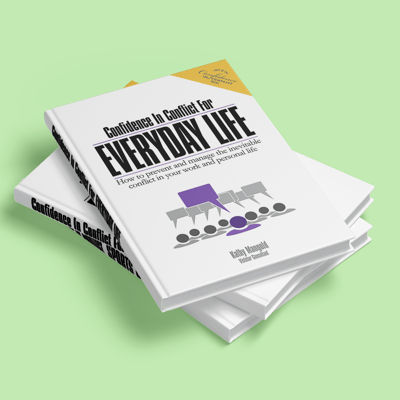
Because disagreements are common in our work and personal life, conflict is inevitable. The problem arises when this conflict escalates and people get hurt, either emotionally, or physically.
When this occurs, unfortunately, many of us break down and buckle under … or put up our dukes and prepare to fight. None of these gut-level reactions will solve the problem. What we need is an effective plan for transforming our approach to conflict.
Taught for more than three decades, the time-tested strategies for managing conflict revealed in this book have been used within
- law enforcement agencies
- hospitals
- prisons
- schools
- businesses



